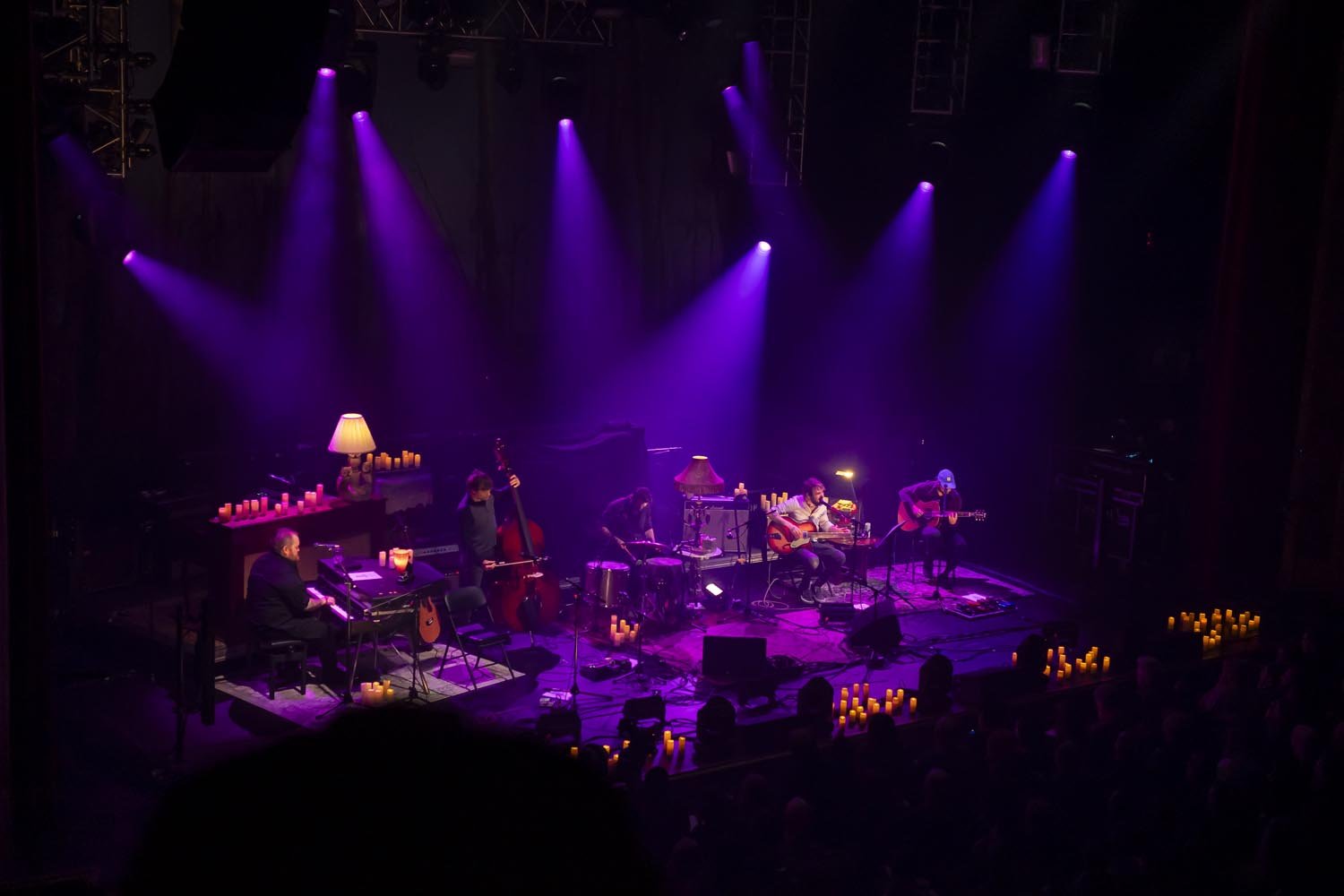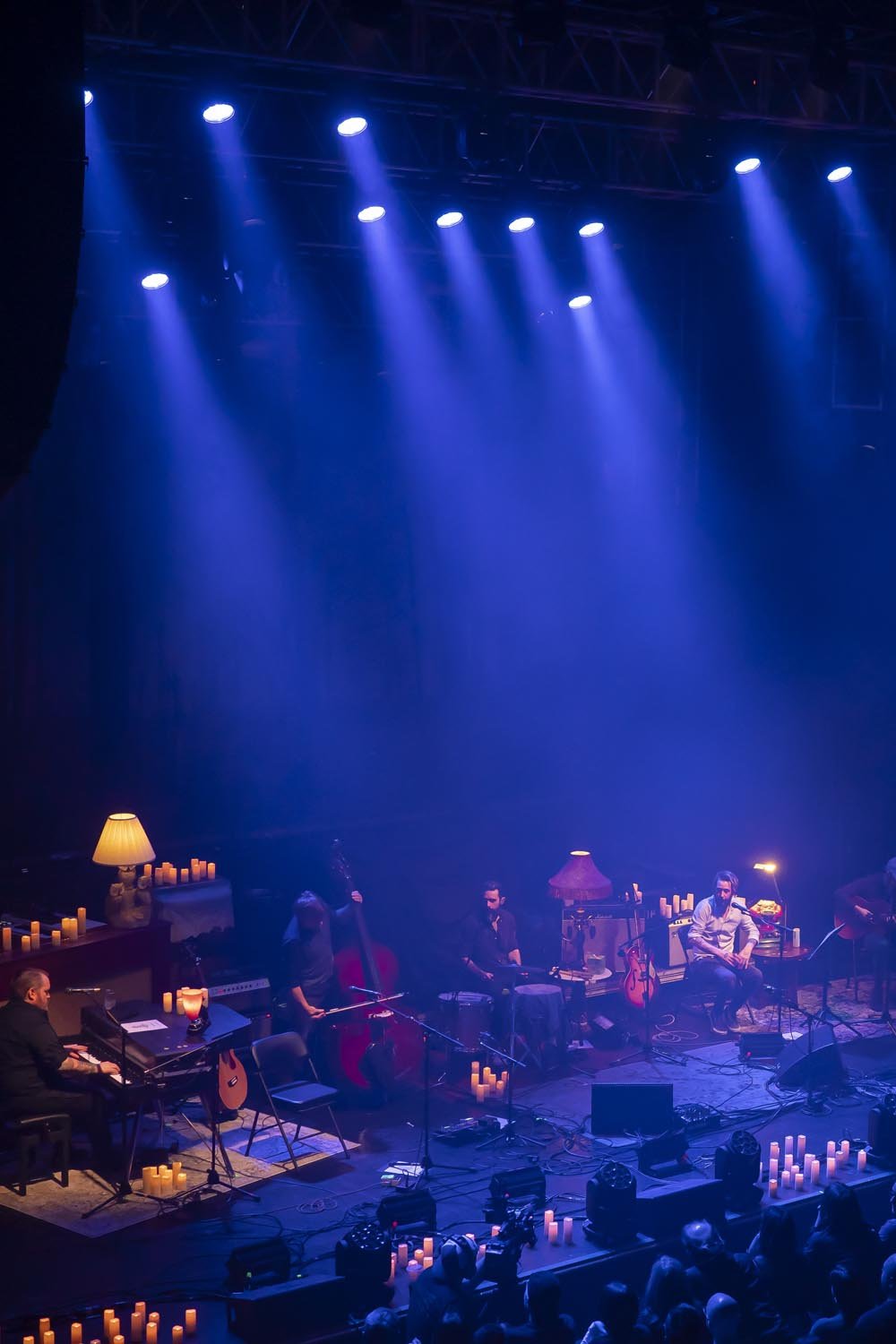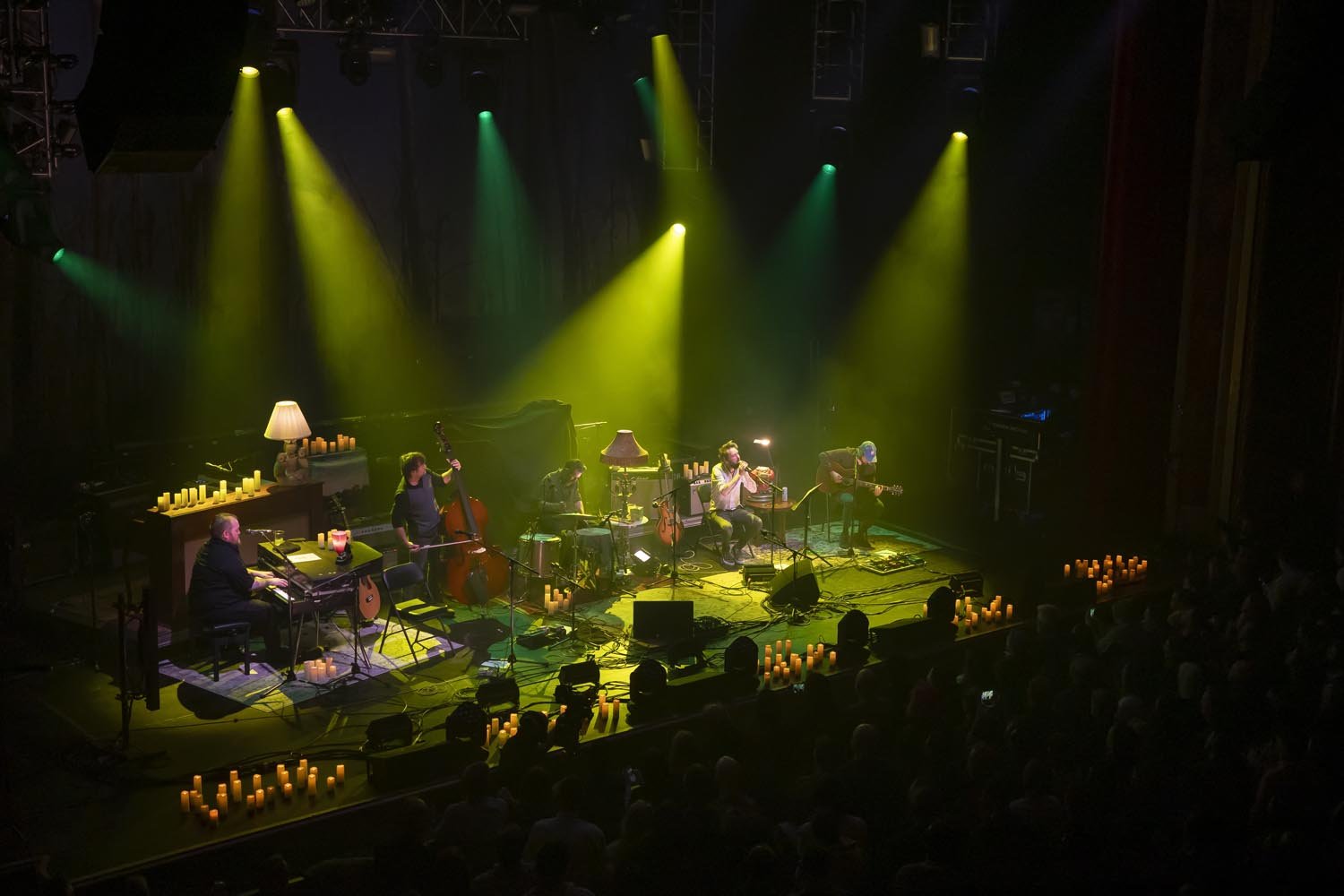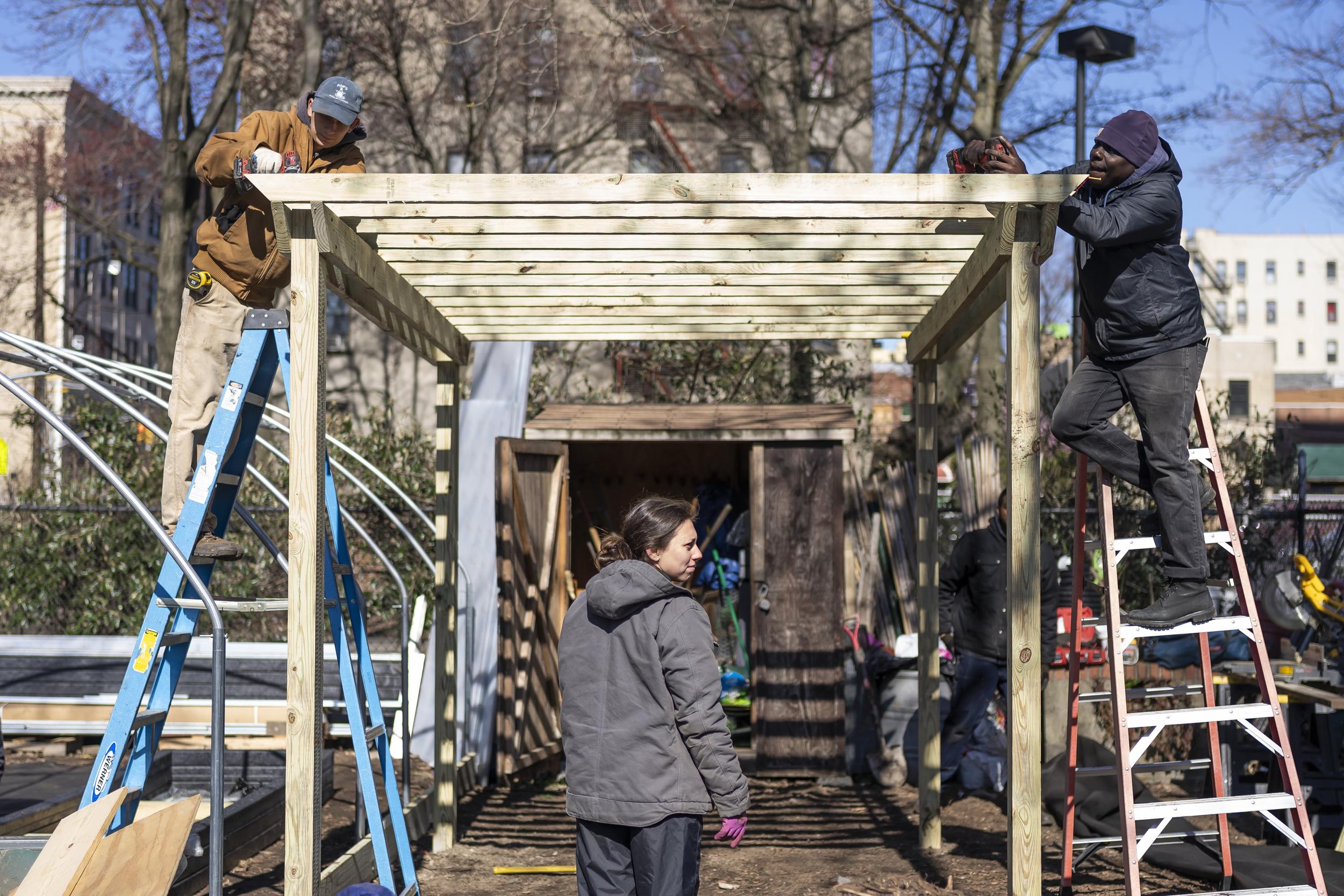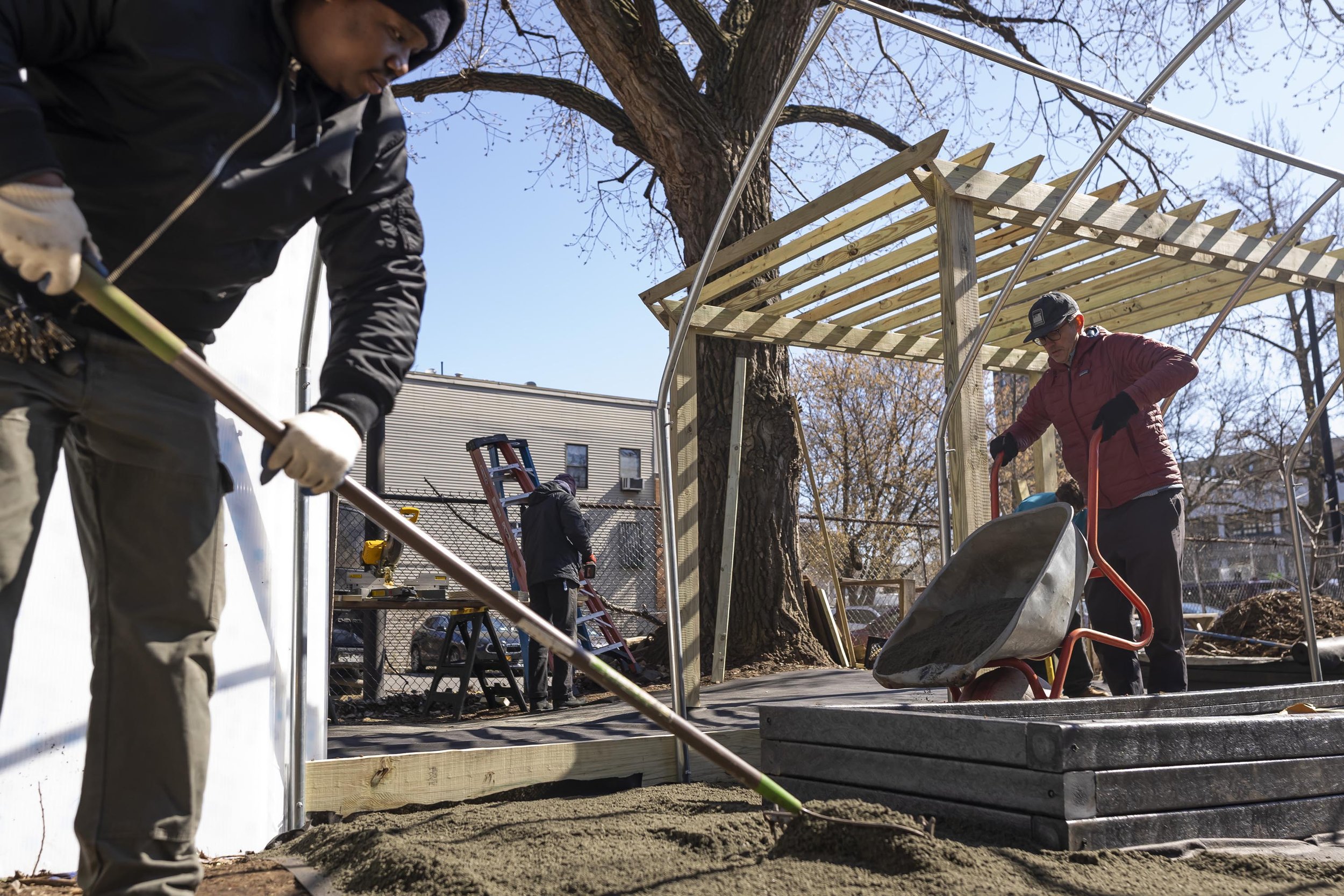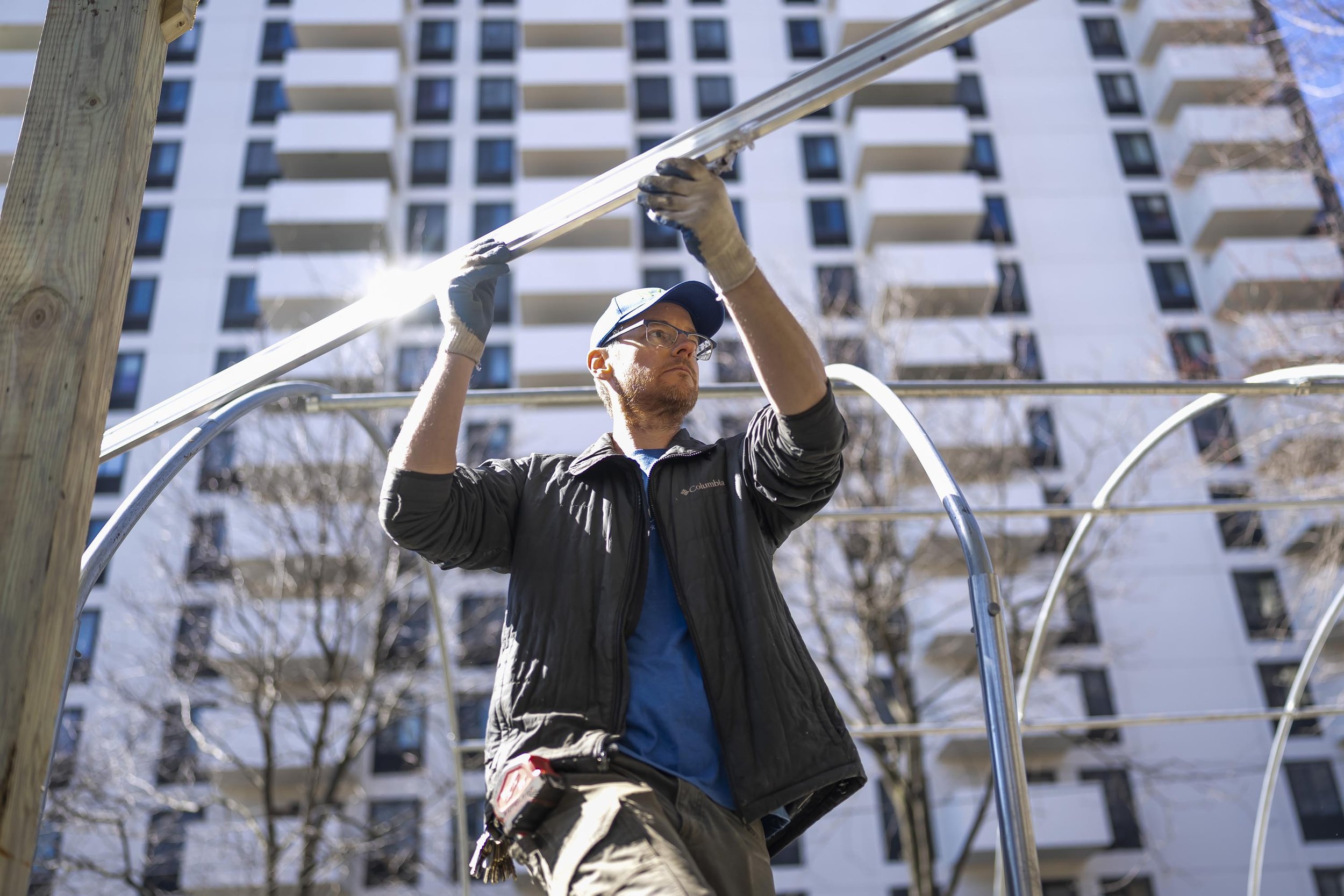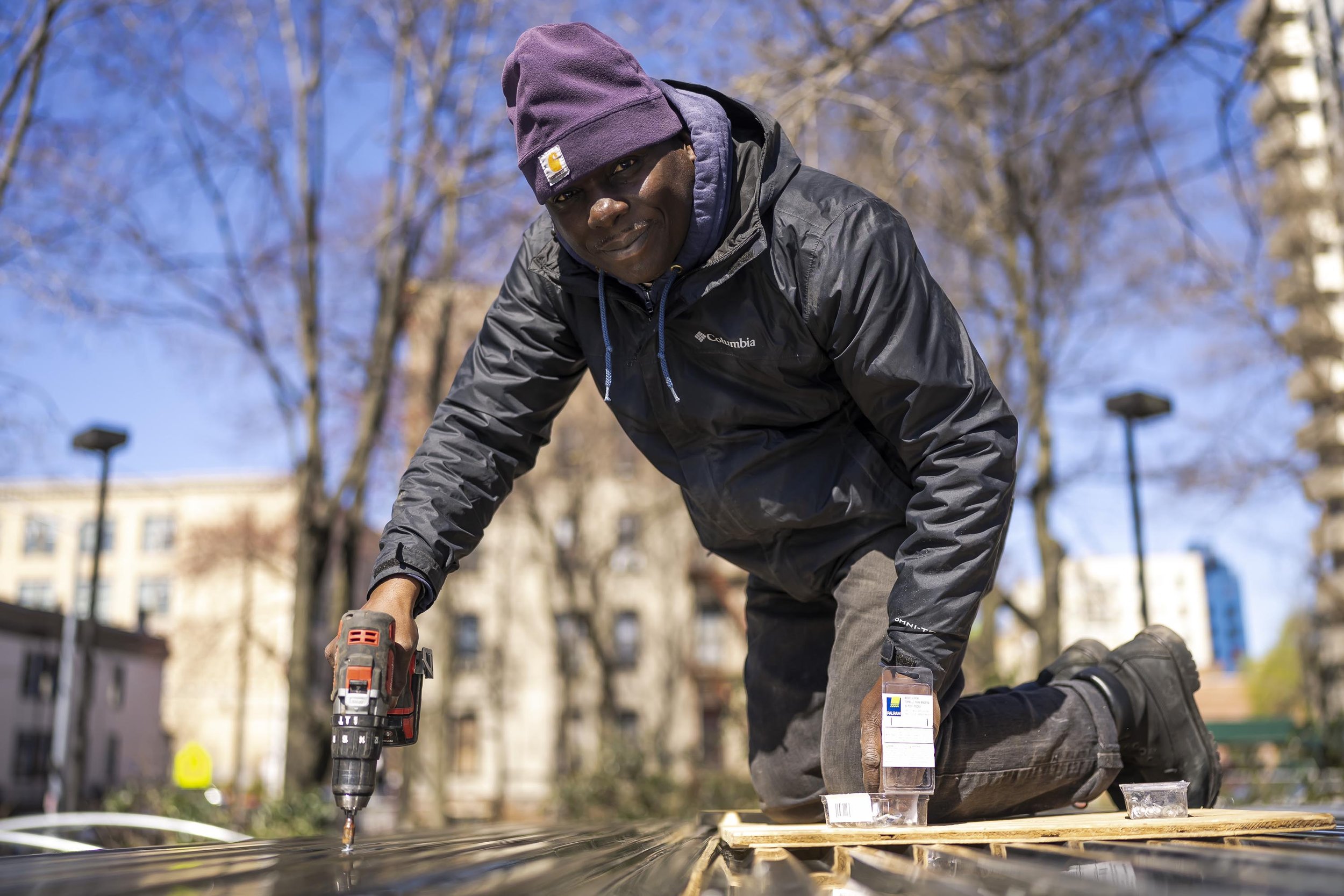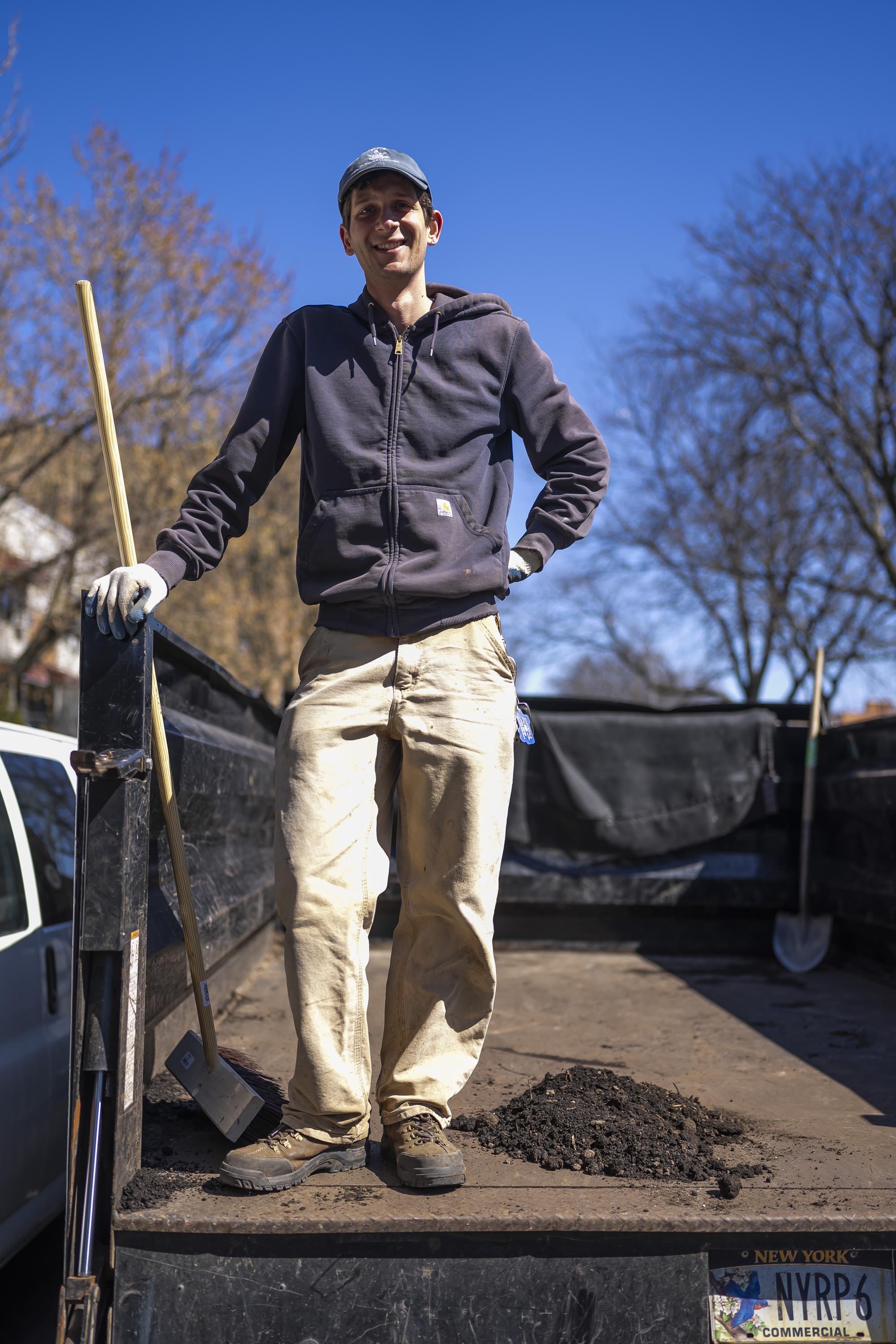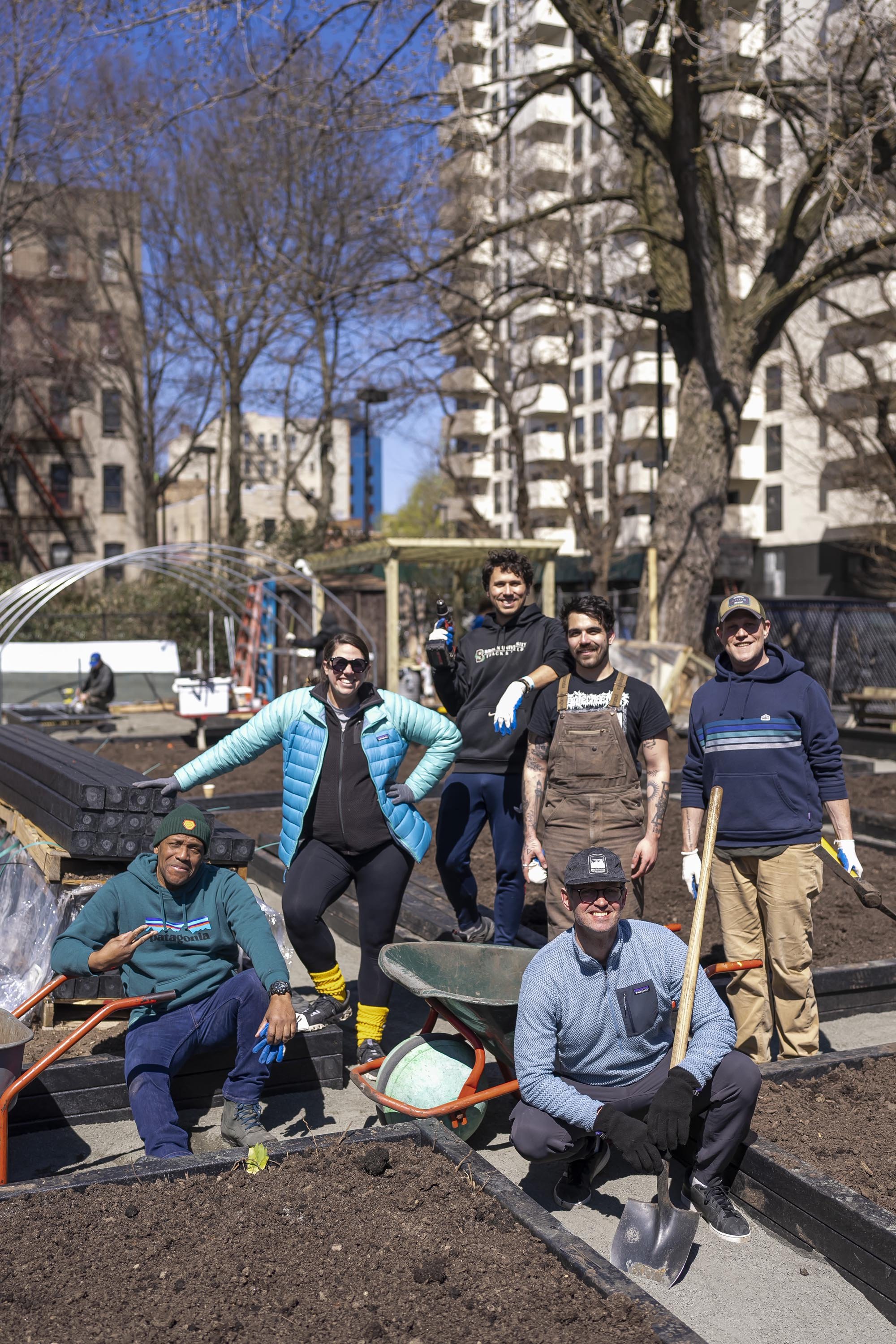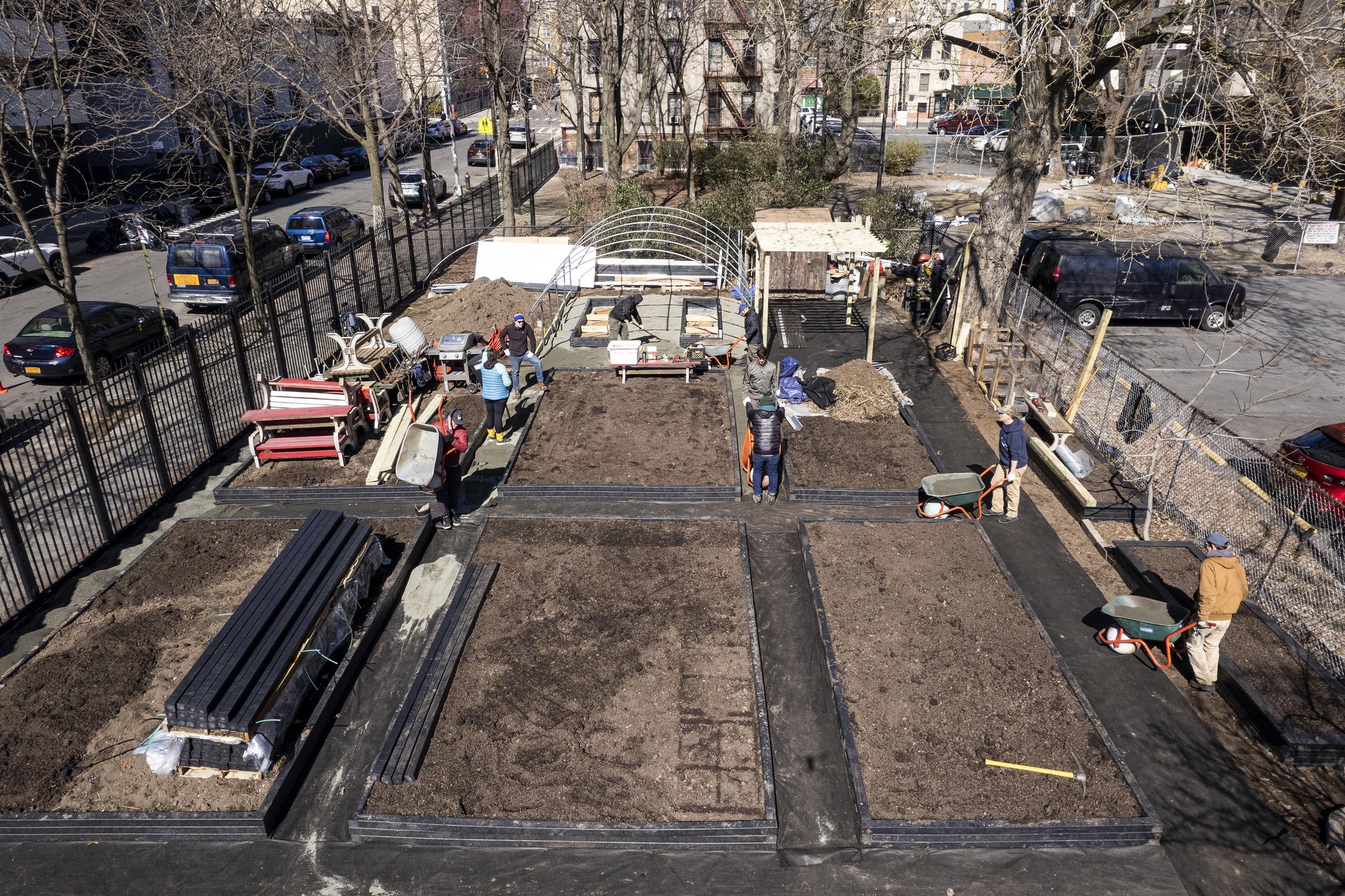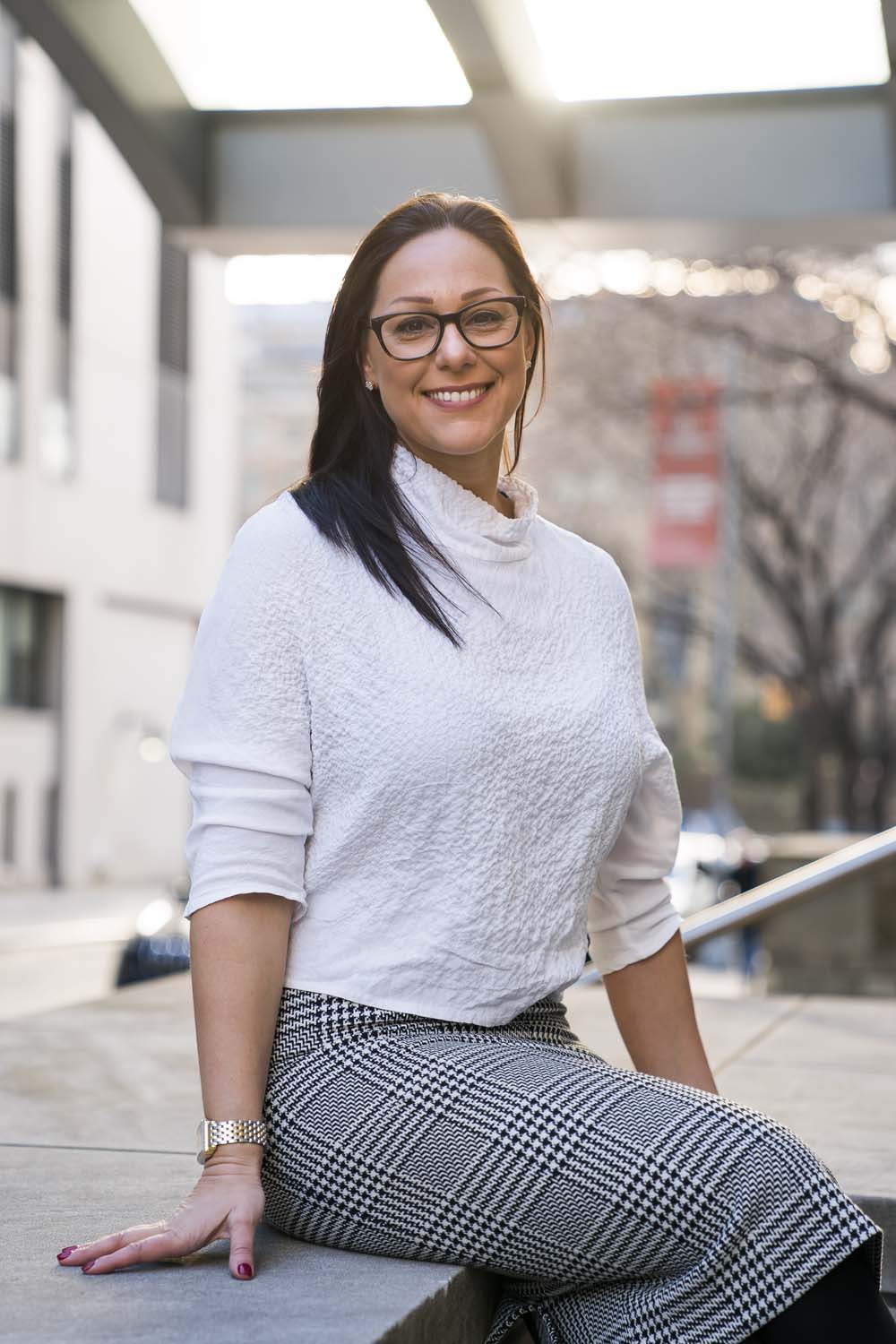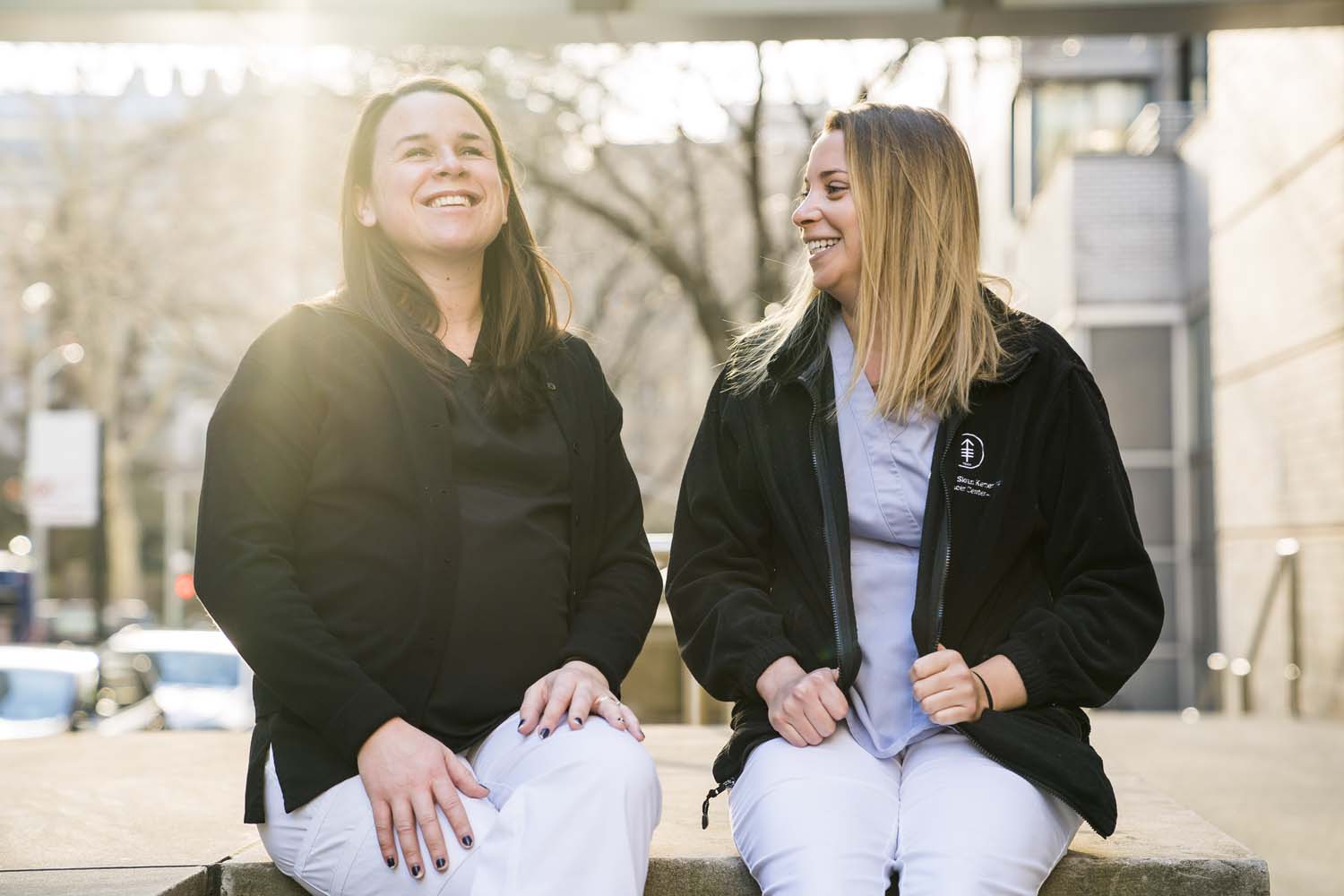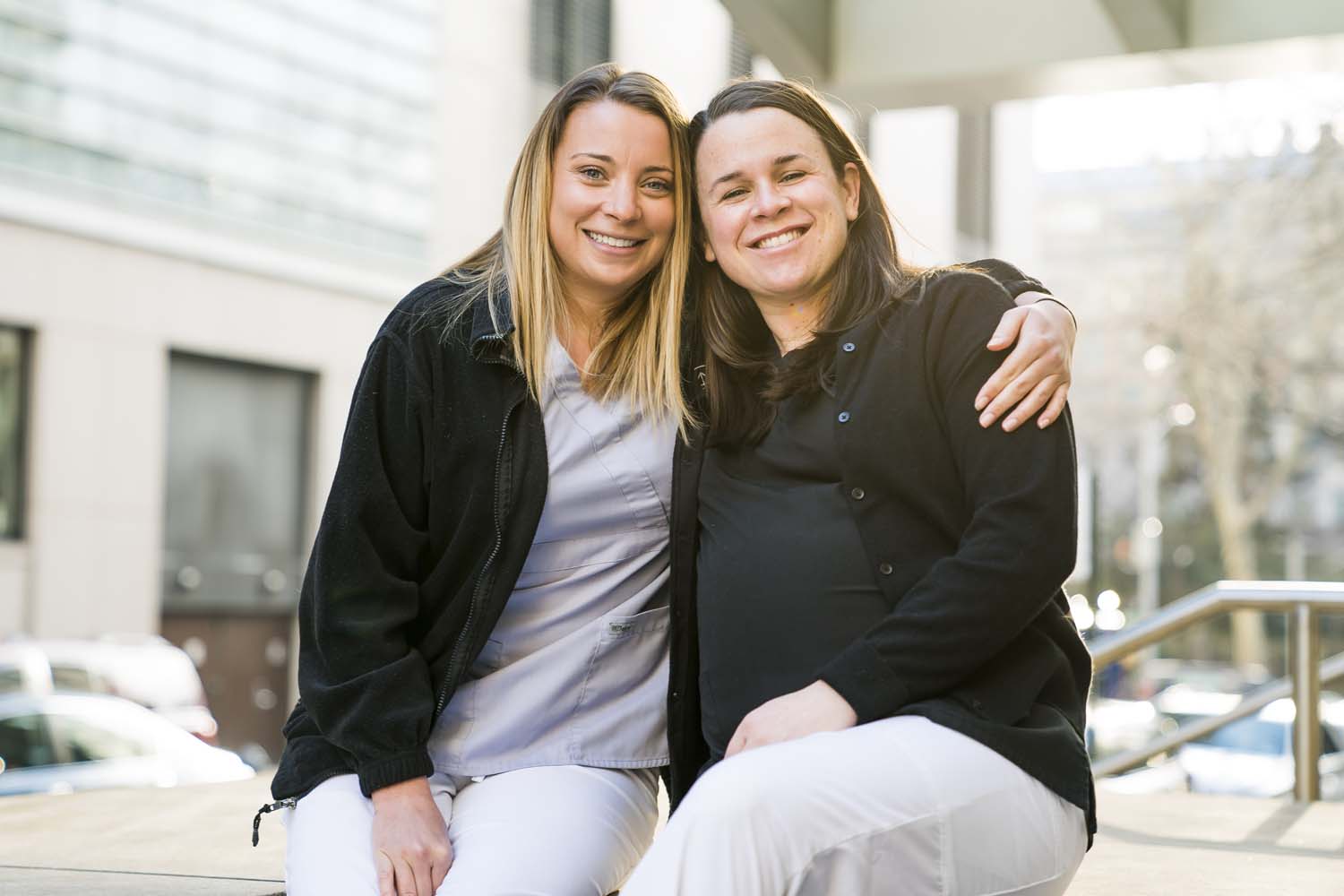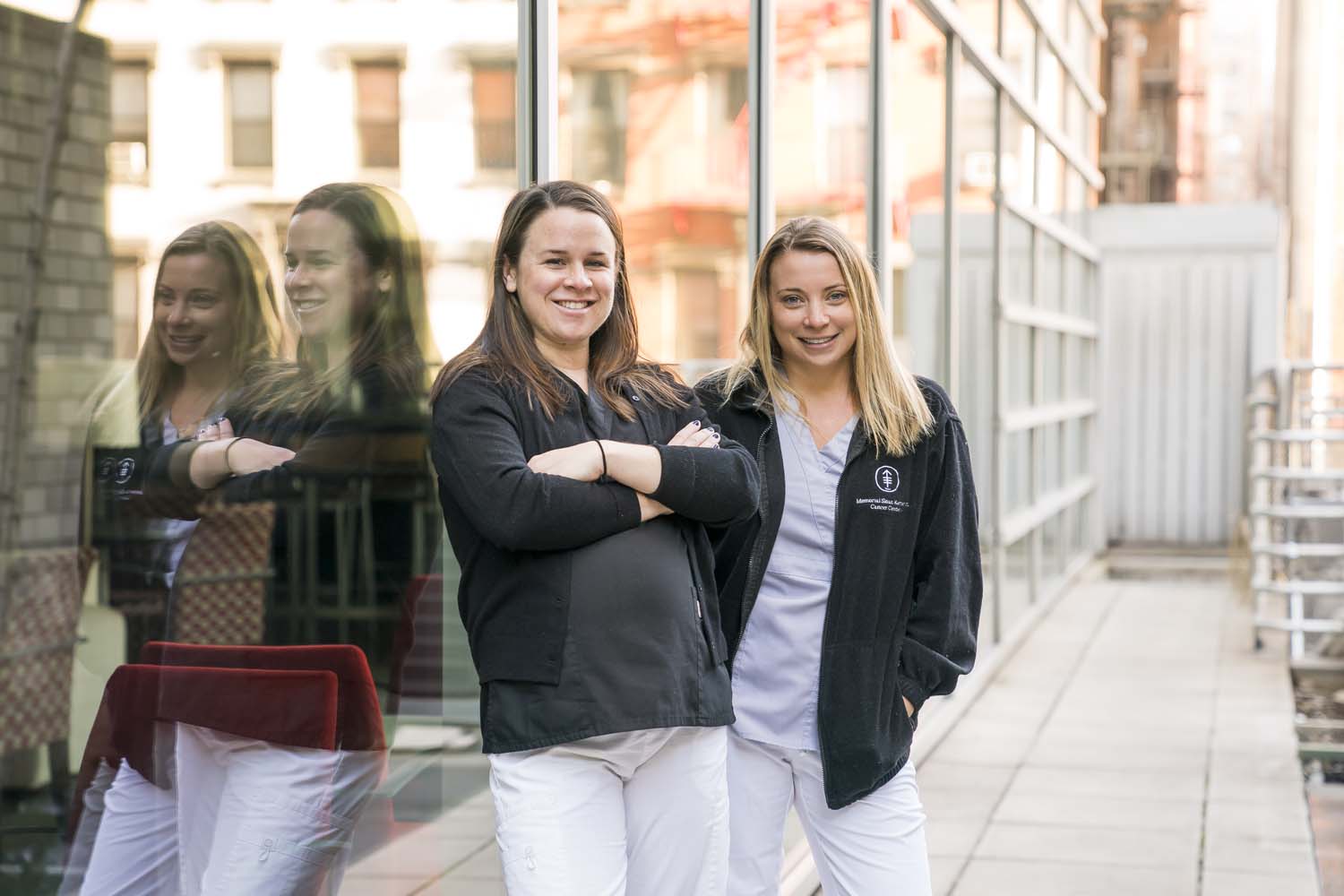Title: Capturing the Big Apple: A Journey as an Event Photographer in New York City with Sony Cameras
Introduction: New York City, the concrete jungle where dreams are made of, is a photographer's paradise. From the vibrant energy of Times Square to the serene beauty of Central Park, every corner of this city presents an opportunity to capture stunning moments. As an event photographer navigating the bustling streets of NYC, my journey has been greatly enhanced by the reliability and innovation of Sony cameras. In this blog post, I'll share my experiences and insights into why Sony cameras have become my go-to choice for capturing the essence of New York City's events.
Embracing Innovation with Sony Cameras: In the fast-paced world of event photography, having gear that can keep up with the demands of the job is crucial. Sony cameras, known for their cutting-edge technology and innovation, have revolutionized the way photographers approach their craft. The compact yet powerful mirrorless cameras such as the Sony Alpha series offer exceptional image quality, lightning-fast autofocus, and impressive low-light performance, making them ideal companions for capturing the dynamic atmosphere of NYC events.
Navigating Diverse Shooting Conditions: One of the unique challenges of being an event photographer in New York City is the diversity of shooting conditions encountered on a daily basis. Whether shooting a high-profile gala in a dimly lit ballroom or a lively street festival under the harsh midday sun, versatility is key. Sony cameras, equipped with advanced features like customizable shooting modes, in-body image stabilization, and a wide range of compatible lenses, empower photographers to adapt quickly to any environment and capture stunning images with ease.
Seizing the Moment with Fast Autofocus: In a city where every moment is fleeting and every second counts, having a camera with lightning-fast autofocus can make all the difference. Sony's advanced autofocus technology, including Real-time Eye AF and Real-time Tracking, allows photographers to focus on the creative aspect of their work without worrying about missing crucial shots. Whether capturing candid portraits of performers in Times Square or documenting the excitement of a corporate conference, Sony cameras ensure that every moment is captured with precision and clarity.
Maximizing Creativity with Sony's Ecosystem: Beyond just cameras, Sony offers a comprehensive ecosystem of accessories and software that further enhances the creative capabilities of photographers. From high-quality lenses that cover a wide range of focal lengths to advanced editing tools like Capture One Pro and Adobe Lightroom, Sony provides photographers with everything they need to unleash their creativity and bring their vision to life. Additionally, the seamless integration of Sony cameras with mobile devices allows for instant sharing of images, enabling photographers to stay connected and engaged with their audience in real-time.
Conclusion: Being an event photographer in New York City is both exhilarating and challenging, but with the right tools at hand, it becomes a truly rewarding experience. Sony cameras have emerged as indispensable companions on my journey, enabling me to capture the essence of this vibrant city with unparalleled precision and creativity. Whether navigating the bustling streets of Manhattan or capturing intimate moments at a rooftop wedding, Sony cameras empower photographers to push the boundaries of their craft and create lasting memories that truly capture the spirit of New York City.
